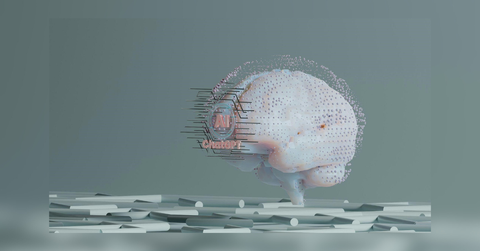 NEWS
NEWSThe Growing Race to Detect Deepfakes: How Tools Like TruthScan Are Helping People Tell Real From Fake

Nov. 22 2025, Published 1:39 a.m. ET
Not everything you see online is real. From fake photos of celebrities to fabricated “news” clips, artificial intelligence has made it easier than ever to create realistic but false images and videos. Known as deepfakes, these convincing imitations can fool almost anyone at first glance.
The rise of this technology has sparked a new challenge: learning how to spot what's fake before it spreads. That's where deepfake detection tools like TruthScan come in. These programs analyze photos and videos to identify digital fingerprints that humans often overlook. In a world where almost anyone can generate an image with a single prompt, that kind of verification can be essential.
The Need For Deepfake Detection
In the past few years, the internet has seen a boom in AI-generated content. Entire social media accounts now post AI-made fashion shoots, movie scenes, and product photos. While much of this content is harmless or creative, experts warn that the same technology can be used to mislead or manipulate.
Tools like TruthScan help people identify what is real. The software uses machine learning to analyze an image’s pixels, patterns, and metadata to determine whether it was generated by AI. Users can upload a photo and quickly receive an analysis indicating whether it's likely real or synthetic.
A company representative explained that the biggest spike in use often comes after viral images circulate online. “Whenever people see something that feels too good to be true, they want answers,” they said. “That curiosity drives them to test what they're seeing.”
How Deepfake Detectors Work
So how does a detector know what's fake? It looks for what humans can't see: tiny clues left behind by algorithms. Real photographs exhibit organic noise, lighting variations, and textures that AI struggles to mimic perfectly. Deepfakes, on the other hand, often contain mathematical inconsistencies that reveal their digital origins.
Detection tools compare those details against known AI patterns. If an image exhibits telltale signs, such as a uniform skin tone, blurred reflections, or unnatural shadows, the system flags it. The result isn't always a guarantee, but it gives users more confidence before they share or believe what they see.
Experts say the technology is constantly improving. As AI image generators evolve, detection tools must evolve too. It's an ongoing race between creation and verification.
Want OK! each day? Sign up here!
Why It Matters
The consequences of unchecked deepfakes go far beyond social media. Fake receipts, product images, and identity documents are now being used in online fraud and scams. In some industries, companies report that up to 10-15% of submissions show signs of being AI-generated.
“Verification isn't just about catching hoaxes; it's about protecting trust,” one digital ethics researcher said. “People deserve to know that what they're looking at is real.”
That sense of trust is what keeps detection companies focused on innovation. Platforms like TruthScan are refining their tools to make them faster, easier to use, and more accurate over time.
The New Reality of Truth
Deepfakes are here to stay, but that doesn't mean we're powerless against them. Awareness is the first step. Before believing or sharing something online, take a moment to think critically. Look at the source. Notice lighting, reflections, and body movement.
If something seems off, it might be. Using a deepfake detection app can provide added peace of mind, especially in an era where anyone can create an image that appears perfectly real. The internet may be full of illusions, but the ability to tell truth from fiction is still in our hands.

